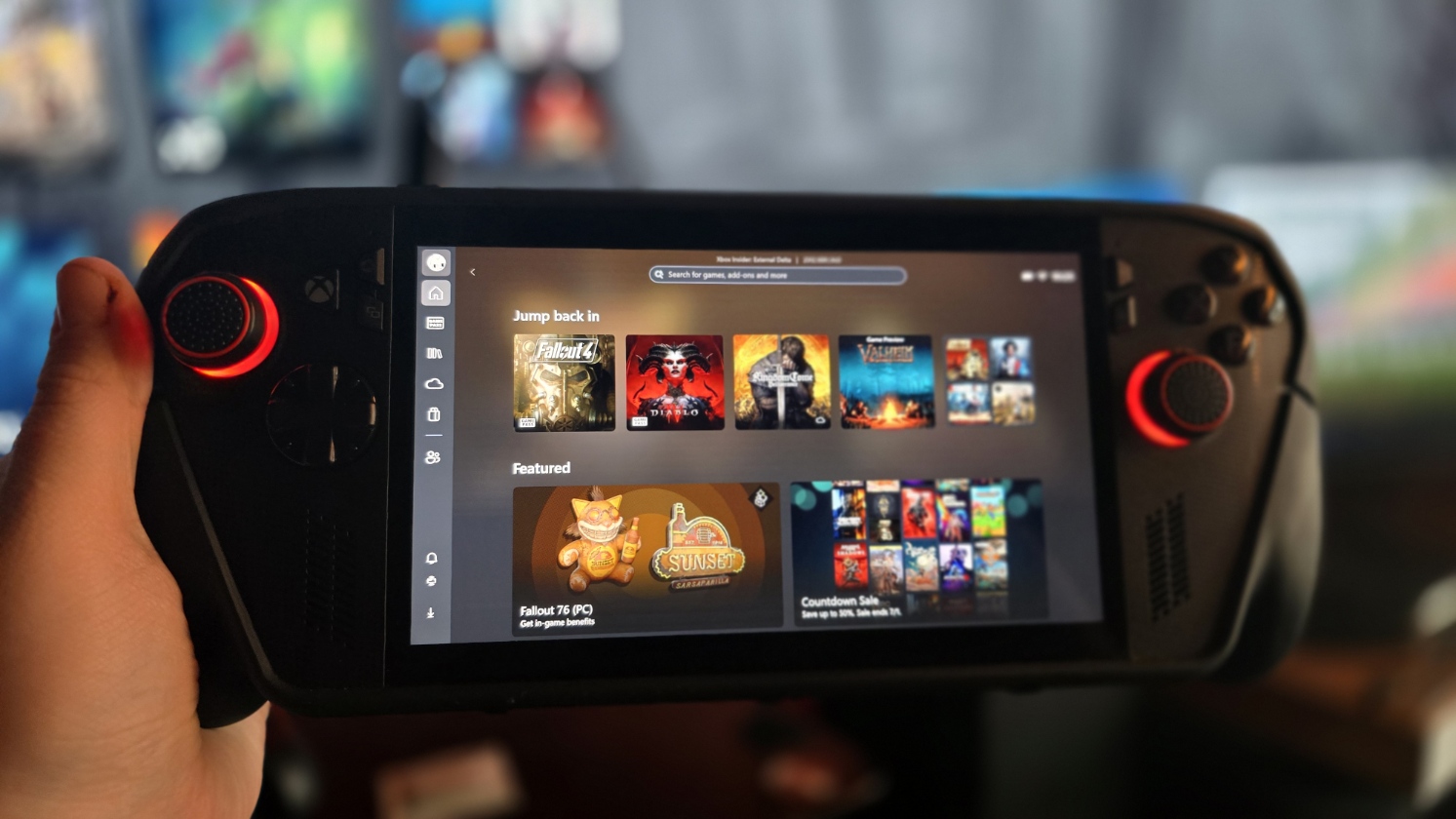Microsoft edges closer to building a quantum supercomputer
Microsoft hits a major milestone that gets it one step closer to building a quantum supercomputer.

What you need to know
- Microsoft cites that it should be able to build its own quantum supercomputer within a decade.
- The supercomputer will be used to resolve complex issues across the world.
- Microsoft has debuted Azure Quantum Elements in a bid to accelerate scientific discovery.
Microsoft recently highlighted its roadmap for building its own quantum supercomputer. Essentially, once the project is done, the company will be able to leverage the technology's capabilities to handle and resolve complex issues that existing supercomputers haven't been able to fix.
While speaking to the folks at TechCrunch, Microsoft's VP of advanced quantum development, Krysta Svore indicated that it would take the company less than 10 years to build its own supercomputer. And while the VP did admit that it would be an uphill task, once complete, the technology would be able to top incredible feats. For instance, it would be able to hit one million quantum operations per second.
To achieve this, the company indicated that it's planning to use the same roadmap as the one used in the 20th century while building classical supercomputers. "From vacuum tubes to transistors, to integrated circuits, advances in underlying technology will enable scale and impact," the company further added.
As you might already be aware, Microsoft has already made considerable strides toward achieving this lifelong goal last year.
Researchers developed a new type of Majorana-based qubit, which is a fundamental component of quantum supercomputers. These qubits are more stable and easier to scale up resulting in the need for fewer of them. In the company's recently published research paper, reviewed by peers in the American Physical Society’s Physical Review B, we can establish that Microsoft is well on its way toward building a quantum supercomputer.
Notably, it took the company a significant amount of time to hit this goal, which creates a bit of doubt whether the company will be able to deliver its own supper computer within the timeline indicated.
We can now create and control Majorana quasiparticles. With this achievement, we're well on our way to engineering a new hardware-protected qubit. With it, we can then engineer reliable logical qubits to reach the Resilient Level and then progress to reach Scale.
Jason Zander, Executive VP Microsoft
Moving forward, Microsoft will have to build hardware-protected qubits in a bid to promote efficiency and effectiveness. With this in place, qubits should be less than 10 microns on a side and have the capability to perform one qubit operation in less than a microsecond.
All the latest news, reviews, and guides for Windows and Xbox diehards.
From this point, Microsoft should be able to translate this into its supercomputer. The company is bringing customers as well as key stakeholders on board to ensure that the transition is seamless while simultaneously ascertaining a quantum-safe future.
Today, we are bringing together AI and quantum with Azure Quantum Elements, ushering in a new era of scientific discovery. Our goal is to compress the next 250 years of chemistry and materials science progress into the next 25. https://t.co/UIkIZpqkXgJune 21, 2023
Alongside this announcement, Microsoft also debuted Azure Quantum Elements, designed to help enhance scientific discovery by leveraging artificial intelligence and quantum computing technology. It also features an AI-powered Copilot, that's in place to help researchers and scientists to better understand complex chemistry and materials science problems.
"Together, we can compress the next 250 years of chemistry and materials science into the next 25," Jason Zander, Microsoft's Executive Vice President, Strategic Missions and Technologies.

Kevin Okemwa is a seasoned tech journalist based in Nairobi, Kenya with lots of experience covering the latest trends and developments in the industry at Windows Central. With a passion for innovation and a keen eye for detail, he has written for leading publications such as OnMSFT, MakeUseOf, and Windows Report, providing insightful analysis and breaking news on everything revolving around the Microsoft ecosystem. While AFK and not busy following the ever-emerging trends in tech, you can find him exploring the world or listening to music.
